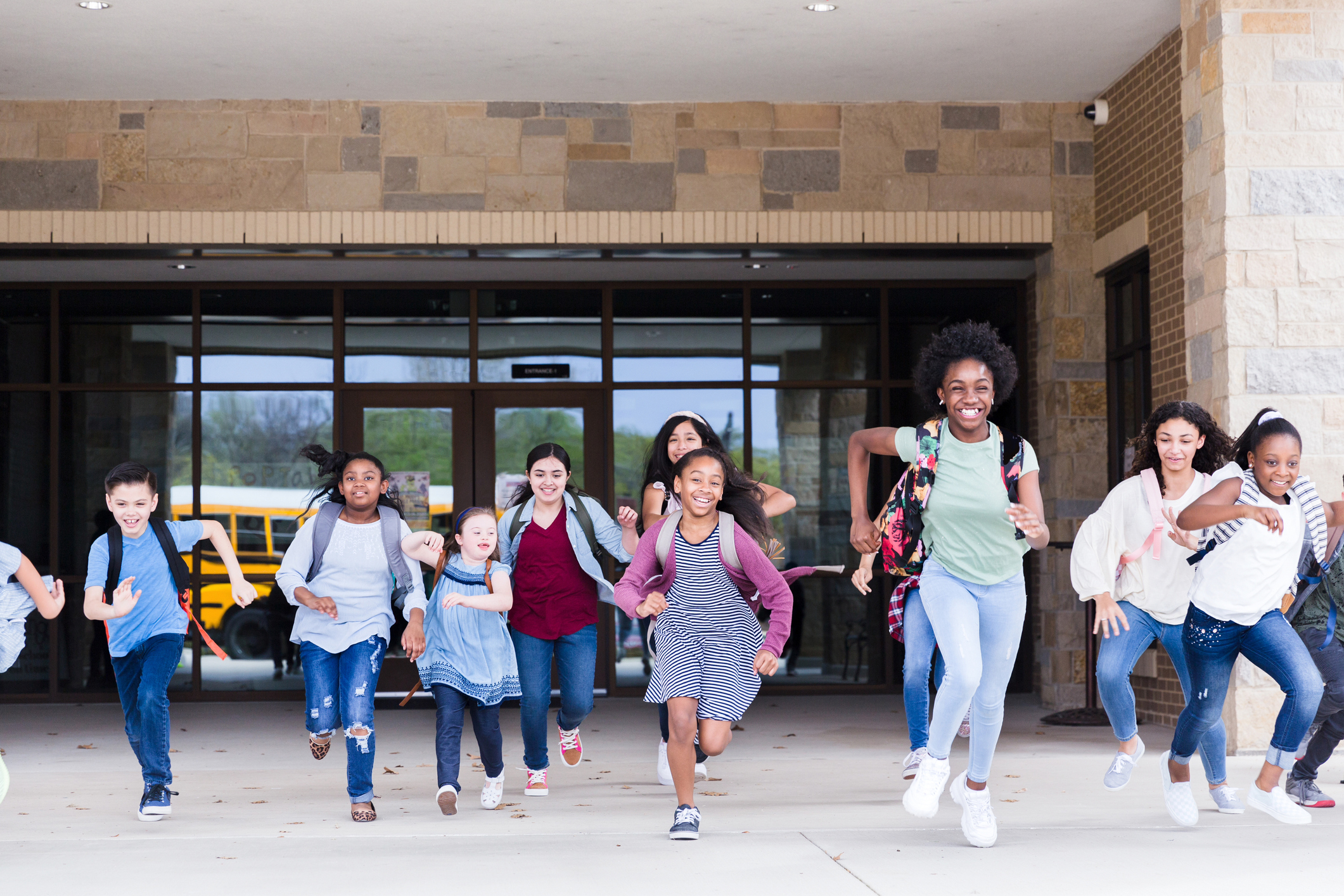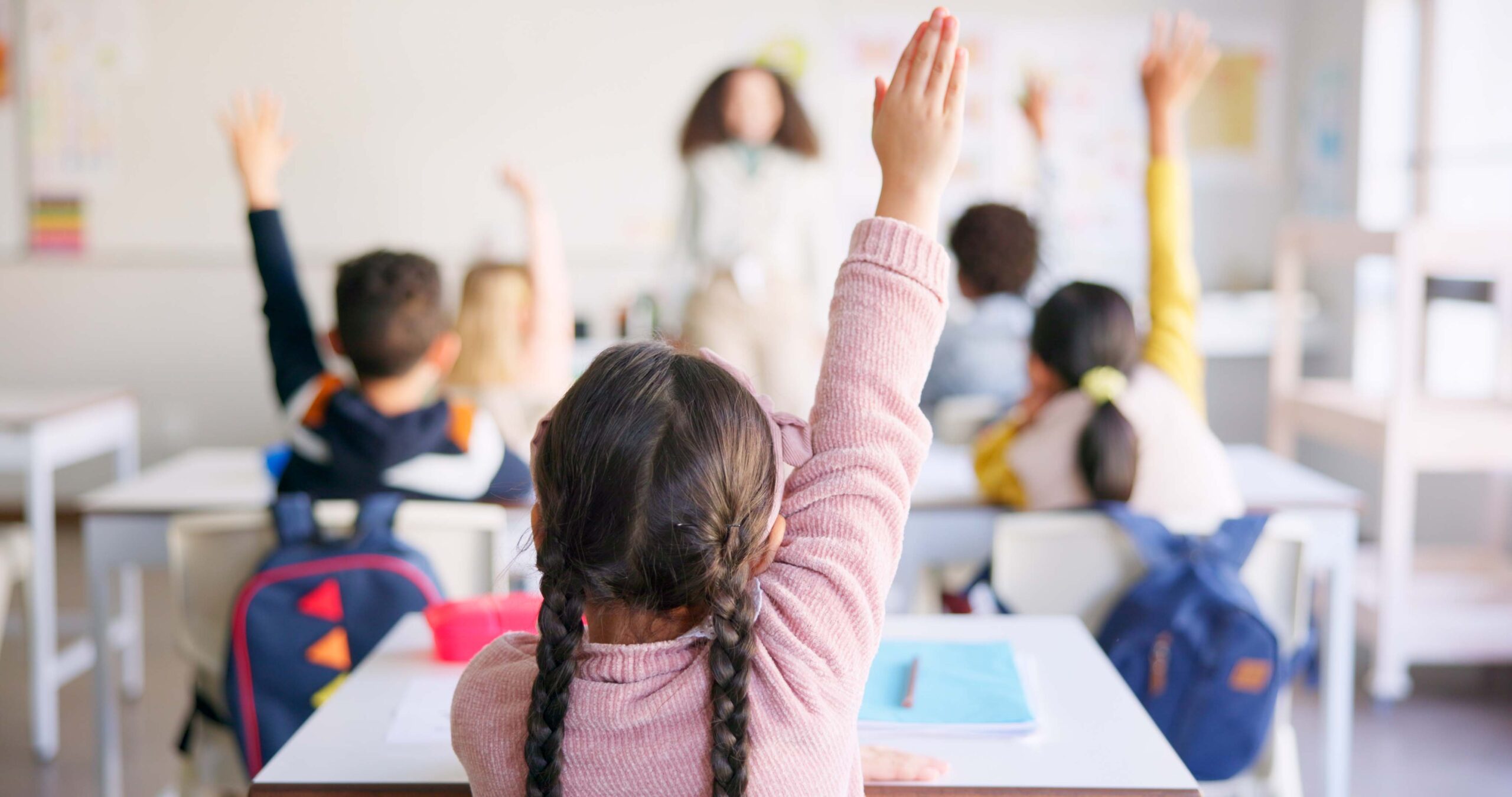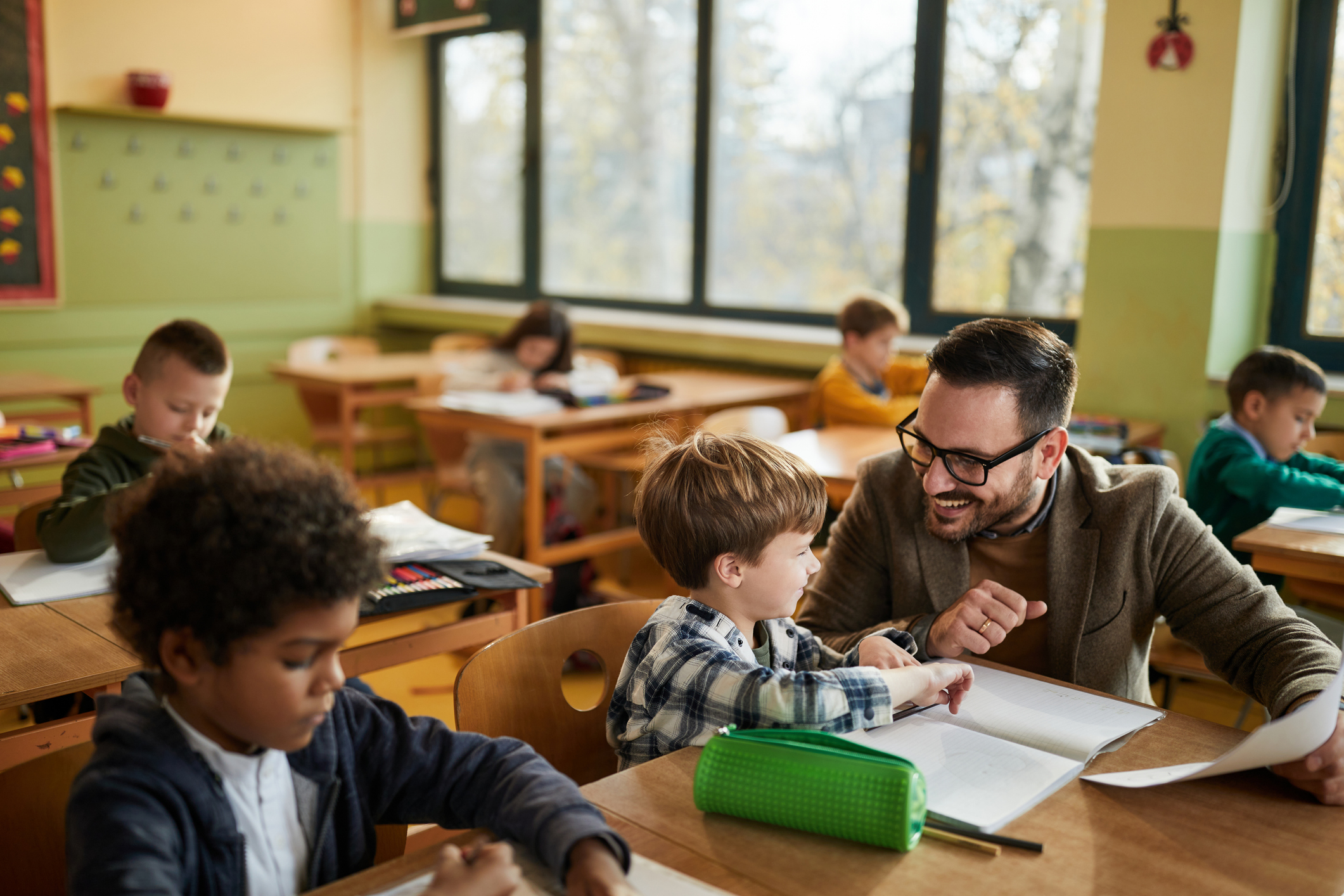Most educators agree that supporting military-connected students is important. However, even with an available and growing collection of tips, toolkits, and resources, these efforts can lose momentum and/or lack cohesion over time. Schools often face challenges sustaining change, particularly when supports are not embedded into systems or reinforced through structured planning. For schools that are committed to making meaningful, lasting improvements, applying a research-based change model may offer the direction needed to translate intention into impact.
The Lippitt-Knoster Model for Managing Complex Change offers a framework that is grounded in organizational change theory. It identifies six key components necessary for successful and sustainable change: vision, consensus, skills, incentives, resources, and an action plan. When applied intentionally, these elements can help schools build an environment where military-connected students are consistently and effectively supported.
Why Supporting Military-Connected Students Matters
Military-connected students do not just attend schools located near installations. They are present in nearly every state and in many communities due to a variety of reasons, such as a parent’s retirement, a temporary relocation during a parent’s deployment, or a parent’s service in the National Guard or Reserves. These students often face challenging experiences such as school transitions, caregiver changes, and parental absences. Such changes can interfere with students’ academic continuity, social development, and emotional well-being. While these experiences are common among military-connected students, they are not exclusive to them. Many students face instability, separation from family members, or unexpected life changes. This overlap underscores the broader value of designing systems that intentionally support military-connected students. Doing so can lead to stronger practices that benefit all students as they navigate uncertainty.
Vision: Establishing a Clear Purpose
Developing and using a vision, which can include long- and short-term goals and/or guidance for strategic decision-making, provide the foundation for all coordinated school-based efforts. Establishing and adhering to a clearly articulated vision for supporting military-connected students can help ensure strategies are aligned with school-wide goals and frameworks, such as Multi-Tiered Systems of Support (MTSS). Vision, within the educational system, might include a commitment to identifying military-connected students upon enrollment, developing protocols for supporting transitions, or ensuring access to academic and mental health resources. Anchoring this work in the broader mission of the school promotes integration rather than isolation of military-connected initiatives.
Resource Spotlight: Mitigating the Impact of School Mobility: An Effective Practices Model and Guide for Educators by the Center for Public Research and Leadership at Columbia University helps schools establish a clear and actionable vision for supporting military-connected students. Rooted in research and developed through collaboration with educators nationwide, this guide outlines the academic and socioemotional risks of school mobility and introduces a comprehensive Mobility Mitigation Model. The model provides a systemic approach to school transitions by offering structured strategies across all phases—from pre-move planning to post-enrollment support. The guide includes adaptable tools, self-assessment rubrics, and a theory of action, and using these instruments can help school leaders embed military-connected supports into their broader mission. This resource could be important for schools that intend to move from fragmented practices to a unified, sustainable vision of support.
Consensus: Building a Supportive School Culture
Sustainable change requires buy-in from all stakeholders. Consensus ensures that educators, administrators, and school staff are aware of the vision and understand their role in advancing it. One evidence-informed method for building consensus is data storytelling. When schools use local data to contextualize the needs of military-connected students—such as differences in attendance, discipline referrals, or academic outcomes—they can generate urgency and foster empathy. Framing these data within the broader narrative of student success helps align stakeholder priorities and reinforces a shared purpose.
Resource Spotlight: Edutopia’s guide to consensus-building strategies for school leaders provides tools school leaders can use to engage diverse audiences in meaningful decision-making. These strategies are directly aligned with the Lippitt-Knoster element of consensus and offer practical techniques for presenting school data in compelling ways and for developing a shared understanding among staff and stakeholders.
Skills: Equipping Educators with the Right Tools
Without adequate training, staff may feel ill-prepared to support military-connected students. The Lippitt-Knoster Model emphasizes that skill gaps can lead to anxiety or confusion and can, ultimately, undermine implementation. Professional learning opportunities for educators should focus on the following: building awareness of military culture, understanding the common challenges faced by military families, and equipping staff to respond with evidence-based strategies. Training should be embedded in ongoing professional development cycles, and it should not be offered as one-time events in order to support capacity building and sustainability.
Resource Spotlight: The Clearinghouse for Military Family Readiness at Penn State (Clearinghouse) offers a series of training modules on supporting military-connected students. These modules include evidence-informed practices and frameworks that build educator capacity and address knowledge gaps around military culture and effective school-based interventions. This resource directly supports the development of skills necessary to implement and maintain effective programming for all students, especially military-connected students.
Incentives: Encouraging Buy-In
For change to be sustained, individuals must perceive value in their participation. Incentives, as conceptualized in the model, do not need to be monetary. Recognizing staff who demonstrate excellence in supporting military-connected students, celebrating student successes, or using data to highlight improvements are all ways to reinforce engagement. When educators see that their efforts produce tangible results, whether through improved student outcomes or a more inclusive school culture, they are more likely to continue investing their time, expertise, and energy.
Resource Spotlight: A recent professional learning literature review conducted by the Clearinghouse explores what educators report motivates them to engage in military-connected training. This resource helps school leaders understand what types of supports are valued by staff and how to structure professional development in ways that foster continued buy-in, which is key to sustaining momentum and investment.
Resources: Providing Support Systems
Change cannot be sustained without access to resources, even if a school has a strong vision and a motivated team. These resources include tools for identification, access to training, time for collaboration, and evidence-based intervention materials. The absence of these resources can result in educator frustration and failed implementation. Schools that integrate high-quality supports are better positioned to meet the diverse needs of military-connected students.
Resource Spotlight: The blog post Educators Can Use Existing Initiatives to Support Military-Connected Students from the Clearinghouse offers real-world insights into the daily challenges military-connected students face and examines how educators can help. Drawing from the SPEAK Military Children project, the post outlines four key initiatives that support school transitions: Advance Enrollment, the Interstate Compact, the Military Student Identifier, and the Purple Star School Program. Through research and interviews across all 50 states and the District of Columbia, the project revealed promising outcomes such as reduced family stress and improved student belonging, but it also highlighted implementation gaps and barriers. The blog encourages school personnel to understand how these initiatives work in their own state and to actively help families navigate them.
Action Plan: Implementing Sustainable Strategies
A strong action plan turns vision into practice. This plan should outline specific goals, timelines, and accountability structures. Teams should meet regularly to monitor progress, troubleshoot barriers, and make course corrections as needed. Embedding this plan into existing systems can reduce redundancy and increase sustainability.
Resource Spotlight: The Month of the Military Child Toolkit for Schools, developed by the White House’s Joining Forces initiative in collaboration with the Departments of Defense, Education, and Veterans Affairs, is a comprehensive planning resource that helps schools turn intention into action. Designed to raise awareness and foster school-wide engagement, the toolkit includes ready-to-use classroom activities, school-wide event ideas, and sample messaging to support military-connected students throughout April (Month of the Military Child) and beyond. With options tailored for all grade levels, it also highlights strategies for building community, honoring service, and supporting military-connected students as they face unique challenges such as caregiving changes or frequent relocation. Schools can use the toolkit to scaffold a sustainable action plan aligned with their goals and available resources.
Summary: Using the Lippitt-Knoster Model to Create Lasting Change for Military-Connected Students
When schools apply the Lippitt-Knoster Model as a framework for supporting military-connected students, they are better equipped to move from fragmented efforts to a coherent system of support. By attending to vision, consensus, skills, incentives, resources, and action planning, schools can foster environments where military-connected students and all students can learn to navigate transitions, overcome adversity, and thrive.
For additional evidence-informed strategies, tools, and implementation supports, visit the School Resources website from the Clearinghouse.






